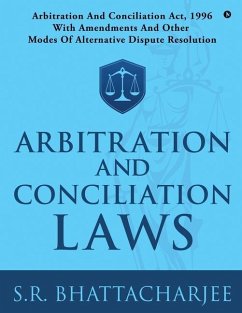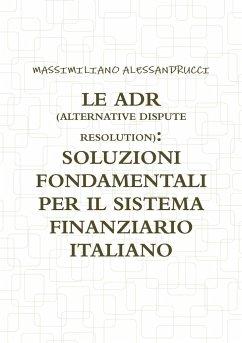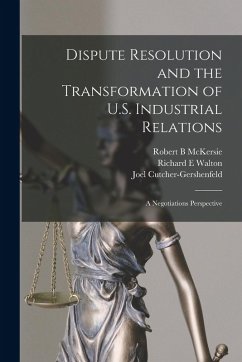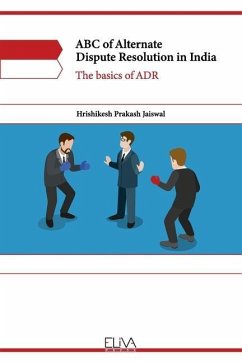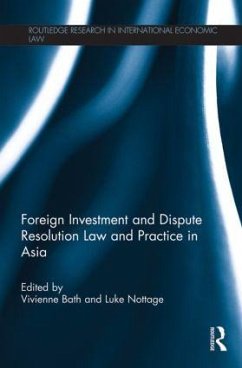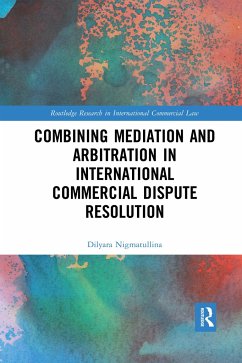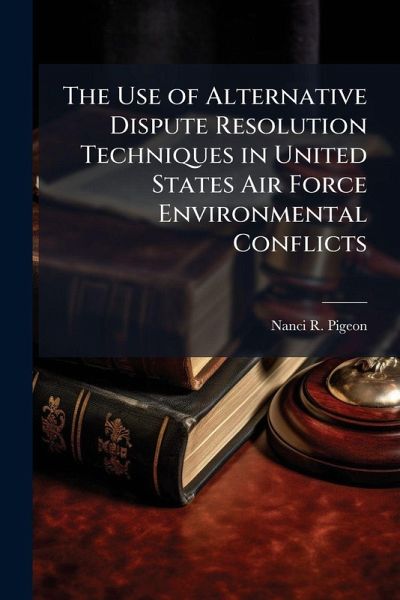
The Use of Alternative Dispute Resolution Techniques in United States Air Force Environmental Conflicts
Versandkostenfrei!
Versandfertig in über 4 Wochen
17,99 €
inkl. MwSt.
Weitere Ausgaben:

PAYBACK Punkte
9 °P sammeln!
The use of alternative dispute resolution (ADR) in government disputes is mandated by the Administrative Dispute Resolution Act of 1990. The use of ADR to resolve disputes provides a quick and inexpensive resolution versus litigation. The Air Force currently has a very strong ADR program in place to resolve acquisition and workplace disputes. However, the varied conditions and situations of environmental issues have prevented the Air Force from achieving similar success in this area. This research analyzes the experiences of twenty-six Environmental Conflict Resolution Practitioners who have r...
The use of alternative dispute resolution (ADR) in government disputes is mandated by the Administrative Dispute Resolution Act of 1990. The use of ADR to resolve disputes provides a quick and inexpensive resolution versus litigation. The Air Force currently has a very strong ADR program in place to resolve acquisition and workplace disputes. However, the varied conditions and situations of environmental issues have prevented the Air Force from achieving similar success in this area. This research analyzes the experiences of twenty-six Environmental Conflict Resolution Practitioners who have resolved environmental disputes using ADR techniques. Content analysis and pattern matching were used to provide insight into the current use of ADR techniques in military environmental disputes. The insight gained from this research provides the Air Force with information to better understand the current practices in environmental ADR and also provides areas for further research. This work has been selected by scholars as being culturally important, and is part of the knowledge base of civilization as we know it. This work was reproduced from the original artifact, and remains as true to the original work as possible. Therefore, you will see the original copyright references, library stamps (as most of these works have been housed in our most important libraries around the world), and other notations in the work. This work is in the public domain in the United States of America, and possibly other nations. Within the United States, you may freely copy and distribute this work, as no entity (individual or corporate) has a copyright on the body of the work. As a reproduction of a historical artifact, this work may contain missing or blurred pages, poor pictures, errant marks, etc. Scholars believe, and we concur, that this work is important enough to be preserved, reproduced, and made generally available to the public. We appreciate your support of the preservation process, and thank you for being an important part of keeping this knowledge alive and relevant.



